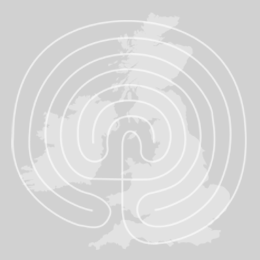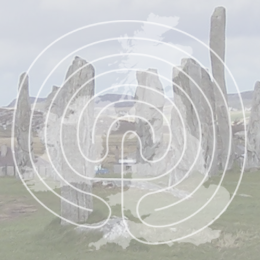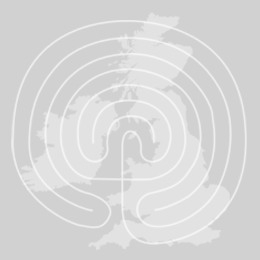Country and County: Caithness
The Tarbh Uisge or Water Bull is a creature of Scottish folklore similar to the Each Uisge (Water Horse). Some sources claim they could only be found in isolated pools in the highlands, while others suggest they frequented the coastal regions of Scotland.
The Camster Cairns are some of the best-preserved Neolithic burial mounds in Scotland. They date from around 3500BC, and are developed sites, in that they were used over a long period of time.
The standing stones below Stemster Hill, are unusual in that they consist of a U shape, rather than the traditional stone circle. Their real purpose is unknown but they may have had an astronomical usage.
Directions: On a minor road off the A9 and the A99
This ancient site of worship is similar to Carnak in Brittany in its concept, but on a much smaller scale.
250 stones are set into 22 rows, which sweep in a fan formation down the hillside. The stones are set in a North South alignment, and are quite small in size, all standing under 3 feet in height.
The Castle of Mey, formerly known as Barrogill Castle dates from the 16th century and was built by the Earl of Caithness. The castle is haunted by the ubiquitous Green Lady, said to have been the daughter of the 5th Earl.
In the 15th century the castle was owned by the Keith family, who were in the midst of a feud with the Gunn family. After several murders and revenge murders, Helen Gunn of Braemore, was abducted by Dugald Keith who lived in the tower.




Recent Comments